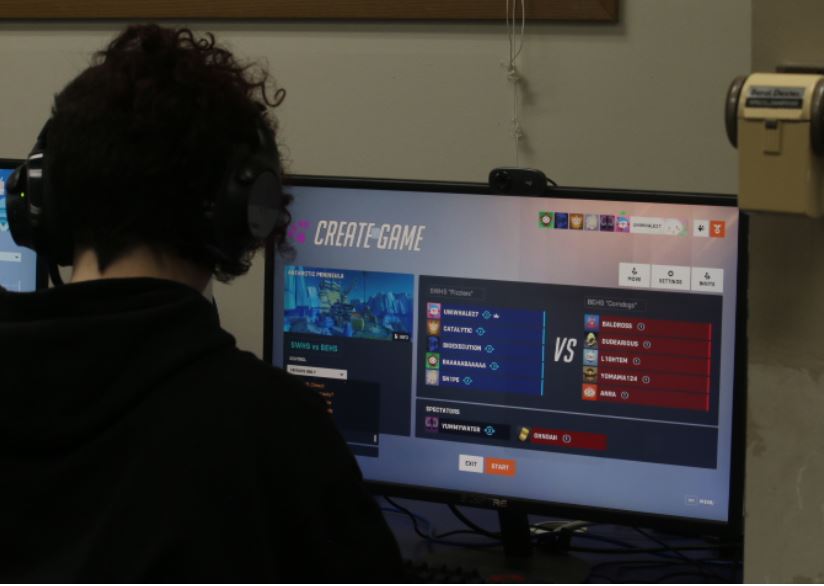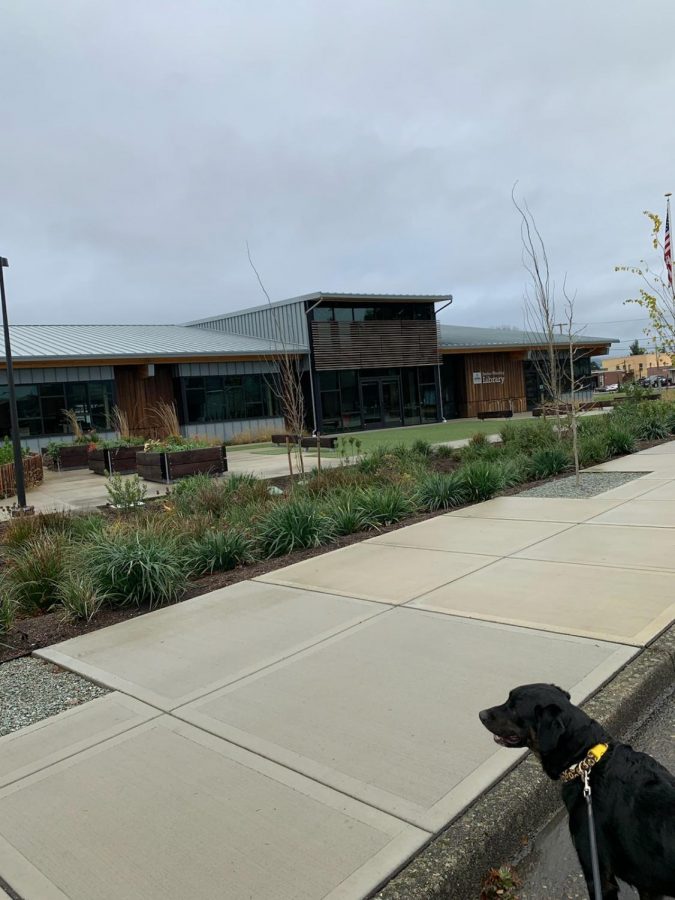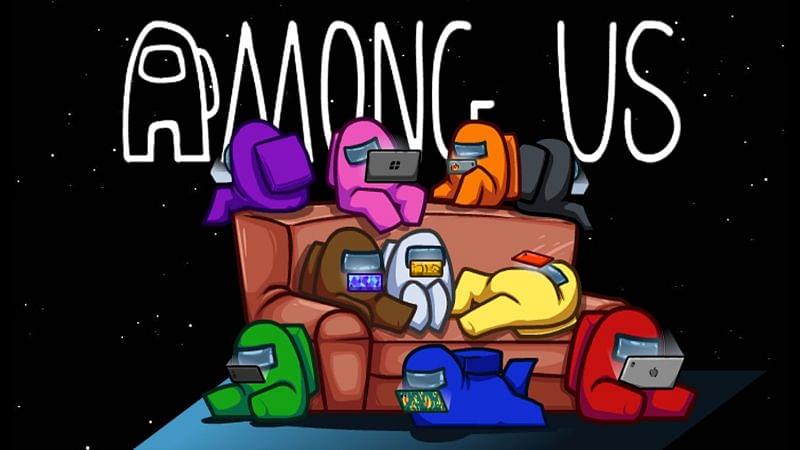Video games are a part of life, when we get home from school or work after a busy day to relax and spend some time in a virtual world where we can generally do whatever we want without real consequences.
You can ride the battle bus onto an island where players fight to the death for the “Battle Royale,” join a squad or go solo through a battlefield to be the last one standing, or drive around a massive city living out the mob boss dreams of robbing and killing people for money.
These are just some of the millions of games younger children are exposed to in their day-to-day lives. While some are not as violent as others, they expose children to gun violence, profanities, and a sense of needing to be the best. Getting killed in a match could result in losing your cool, and there have been many cases of people cursing heavily, throwing their controller, or breaking their monitor all because someone “killed” your in-game player.
Other cases have seen younger children spending thousands on in-game items; Vbucks, Robux, COD points, and Cash Cards just to get the newly released skin, which results in parents having to either stop their kid’s erratic behavior about spending on the game or let them indulge in consumer habits.
After long-term exposure to violent video games, “Kids are changing the way they think,” says Dr. Douglas Gentile, a Ph.D. in a recent study published in JAMA Pediatrics. “They spend a lot of time looking for enemies and reacting quickly to aggression.”
Over time, this changes children’s behavior in the real world leading to antisocial tendencies, reducing their care for others, and increasing confrontational and disruptive behavior.
Laura Schmidt, the school principal at Samish Elementary School, has a couple of insights on students playing such games. “It’s a smaller percentage of the 5th-6th grade boys, I hear about games like Fortnite, Call of Duty, and Roblox. Other influences in their life can cause students to be disruptive in class. Gaming, it’s an addiction, said Schmidt.
As for addiction, many things can affect our brains and give us dopamine. Video games are one of the things that children use to feel that rush.
When asked if any of the more violent games support pretend gun violence play, Schmidt thinks that it is more about community activities that are big in Sedro-Woolley, like hunting or trap shooting, rather than gun-heavy video games.
As far as the parent’s role in their child’s online life, “There are ratings for movies, ratings for content and all media, every parent chooses a different option,” said Schmidt, leaving us with some good insight from a person who sees children and their behavior every day.
Mr Dilley, the digital media, streaming, and gaming teacher here at Sedro-Woolley High School, also has a few things to add about his view on how video games affect students.
“It has a positive and negative impact on students: there are ways to positively interact, ensure community building, and strengthen critical thinking skills. What you play and how long you play exhibits addictive behavior,” says Dilley. “If you’re playing so much that it affects the relationships and responsibilities in your life, it’s negative. It’s about how we use them,” said Dilley. Using video games, positively or negatively, is all about the user. Whether you are a hardcore gamer with 52 hours a week on your screen time or an occasional downtime dweller, video games should always be monitored, especially for younger kids.






